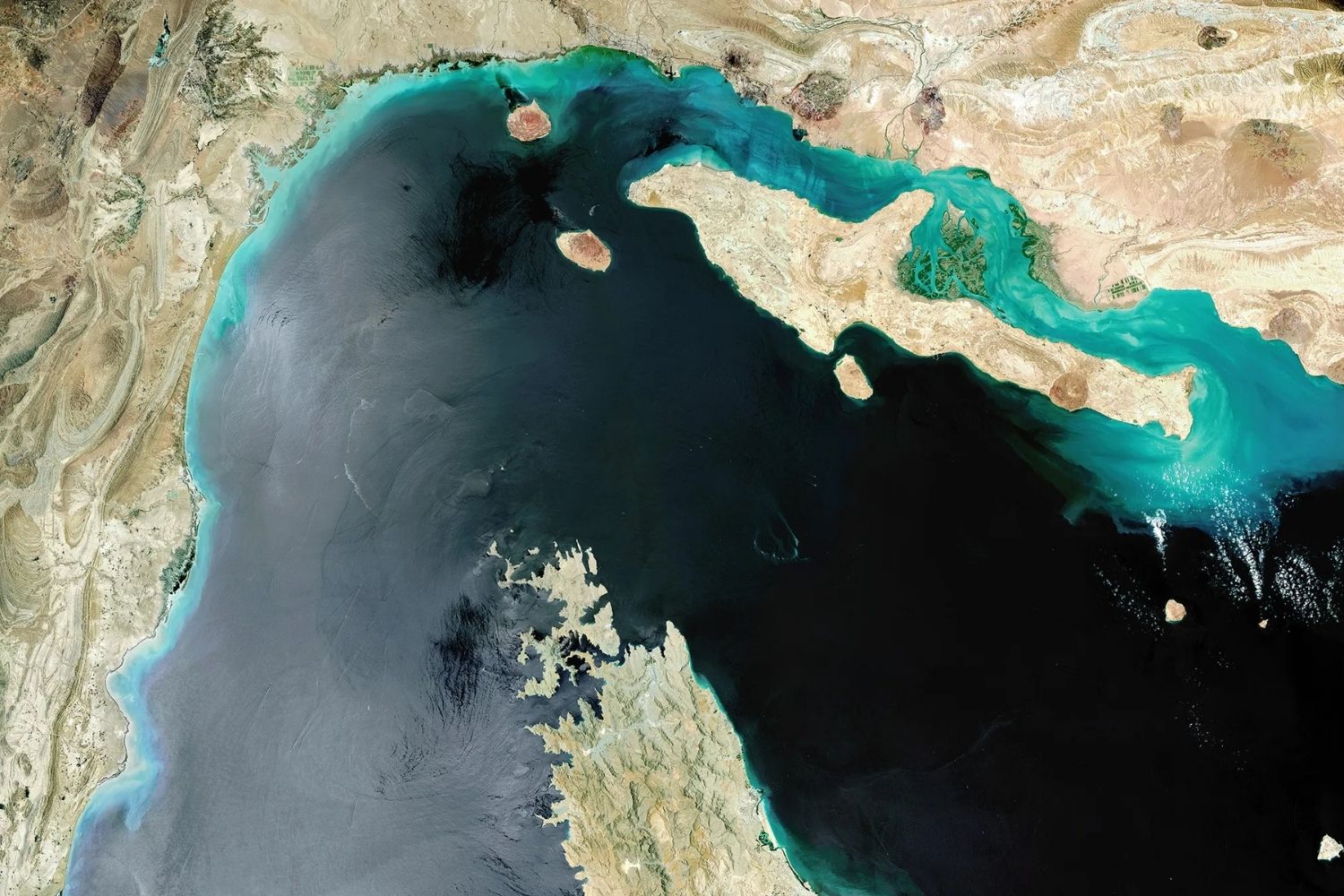
Why is the Strait of Hormuz so important? The Strait of Hormuz is one of the world's most crucial waterways. This narrow passage, connecting the Persian Gulf with the Arabian Sea, sees a significant portion of the globe's oil supply pass through its waters. Every day, millions of barrels of oil make their way from the Middle East to markets around the world. Its strategic location means that any disruption can have a ripple effect on global oil prices and energy security. Besides oil, the strait also serves as a vital route for natural gas shipments. Understanding its significance helps grasp why this narrow stretch of water holds such global importance.
The Importance of the Strait of Hormuz
The Strait of Hormuz is one of the most critical waterways globally. Its strategic location and economic significance make it a focal point for international trade and geopolitics.
-
Vital Oil Transit Route: Around 20% of the world's petroleum passes through the Strait of Hormuz. This makes it a crucial artery for global energy supplies.
-
Narrow Passage: The strait is only about 21 miles wide at its narrowest point. This narrowness makes navigation challenging for large tankers.
-
Depth: The depth of the strait varies between 200 and 300 feet. This depth is sufficient for the passage of the largest oil tankers.
-
Chokepoint: It is considered a chokepoint because any disruption can significantly impact global oil prices and supply.
Geopolitical Significance
The strait's location between the Persian Gulf and the Gulf of Oman makes it a hotspot for geopolitical tensions.
-
Bordering Countries: Iran and Oman border the Strait of Hormuz. Both countries have significant influence over the strait's security and navigation.
-
Military Presence: Various countries, including the United States, maintain a military presence in the region to ensure the strait remains open.
-
Historical Conflicts: The strait has been a flashpoint in several historical conflicts, including the Iran-Iraq War and tensions between Iran and the United States.
-
International Law: The United Nations Convention on the Law of the Sea governs the passage through the strait, ensuring freedom of navigation.
Economic Impact
The strait's economic impact extends beyond oil, affecting global trade and regional economies.
-
Global Trade: Besides oil, the strait is a conduit for liquefied natural gas (LNG) and other goods, making it vital for global trade.
-
Regional Economies: Countries in the Persian Gulf rely heavily on the strait for their exports and imports, making it an economic lifeline.
-
Insurance Costs: Due to the risks associated with navigating the strait, insurance costs for ships passing through are higher.
-
Piracy Risks: Although less common than in other regions, piracy remains a concern for vessels transiting the strait.
Environmental Concerns
The strait's environmental health is crucial for the surrounding marine ecosystems and coastal communities.
-
Oil Spills: The risk of oil spills is significant due to the high volume of tanker traffic, posing a threat to marine life.
-
Marine Biodiversity: The strait is home to diverse marine species, including fish, corals, and marine mammals.
-
Pollution: Industrial and shipping activities contribute to pollution, affecting water quality and marine habitats.
-
Conservation Efforts: Various international and regional initiatives aim to protect the strait's marine environment.
Technological and Navigational Challenges
Navigating the Strait of Hormuz requires advanced technology and skilled personnel due to its unique challenges.
-
Advanced Navigation Systems: Ships use advanced GPS and radar systems to navigate the narrow and busy waterway safely.
-
Pilotage Services: Local pilots with extensive knowledge of the strait assist in guiding large vessels through safely.
-
Traffic Separation Schemes: These schemes are in place to manage the flow of ships and reduce the risk of collisions.
-
Weather Conditions: Harsh weather conditions, including strong winds and high waves, can complicate navigation.
Cultural and Historical Aspects
The strait has a rich cultural and historical background, influencing the region's heritage and identity.
-
Ancient Trade Routes: Historically, the strait was part of ancient trade routes connecting the East and the West.
-
Cultural Exchange: The movement of goods and people through the strait facilitated cultural exchange between different civilizations.
-
Historical Monuments: The surrounding regions have historical monuments and sites that reflect the strait's historical significance.
-
Local Communities: Coastal communities have developed unique cultures and traditions influenced by their proximity to the strait.
-
Archaeological Finds: Numerous archaeological finds in the region provide insights into the ancient civilizations that once thrived there.
The Strait of Hormuz: A Vital Waterway
The Strait of Hormuz isn't just a narrow passage; it's a lifeline for global trade and energy. This strategic waterway connects the Persian Gulf with the Gulf of Oman and the Arabian Sea, making it a crucial route for oil tankers. Every day, millions of barrels of oil pass through, impacting economies worldwide. Its geopolitical importance can't be overstated, with nations keeping a close watch on its security.
Understanding the Strait of Hormuz means recognizing its role in international relations, energy markets, and maritime navigation. From its historical significance to its modern-day challenges, this strait remains a focal point for global attention. Whether you're a student, a history buff, or just curious, knowing these facts can give you a deeper appreciation of how interconnected our world truly is.
Was this page helpful?
Our commitment to delivering trustworthy and engaging content is at the heart of what we do. Each fact on our site is contributed by real users like you, bringing a wealth of diverse insights and information. To ensure the highest standards of accuracy and reliability, our dedicated editors meticulously review each submission. This process guarantees that the facts we share are not only fascinating but also credible. Trust in our commitment to quality and authenticity as you explore and learn with us.
